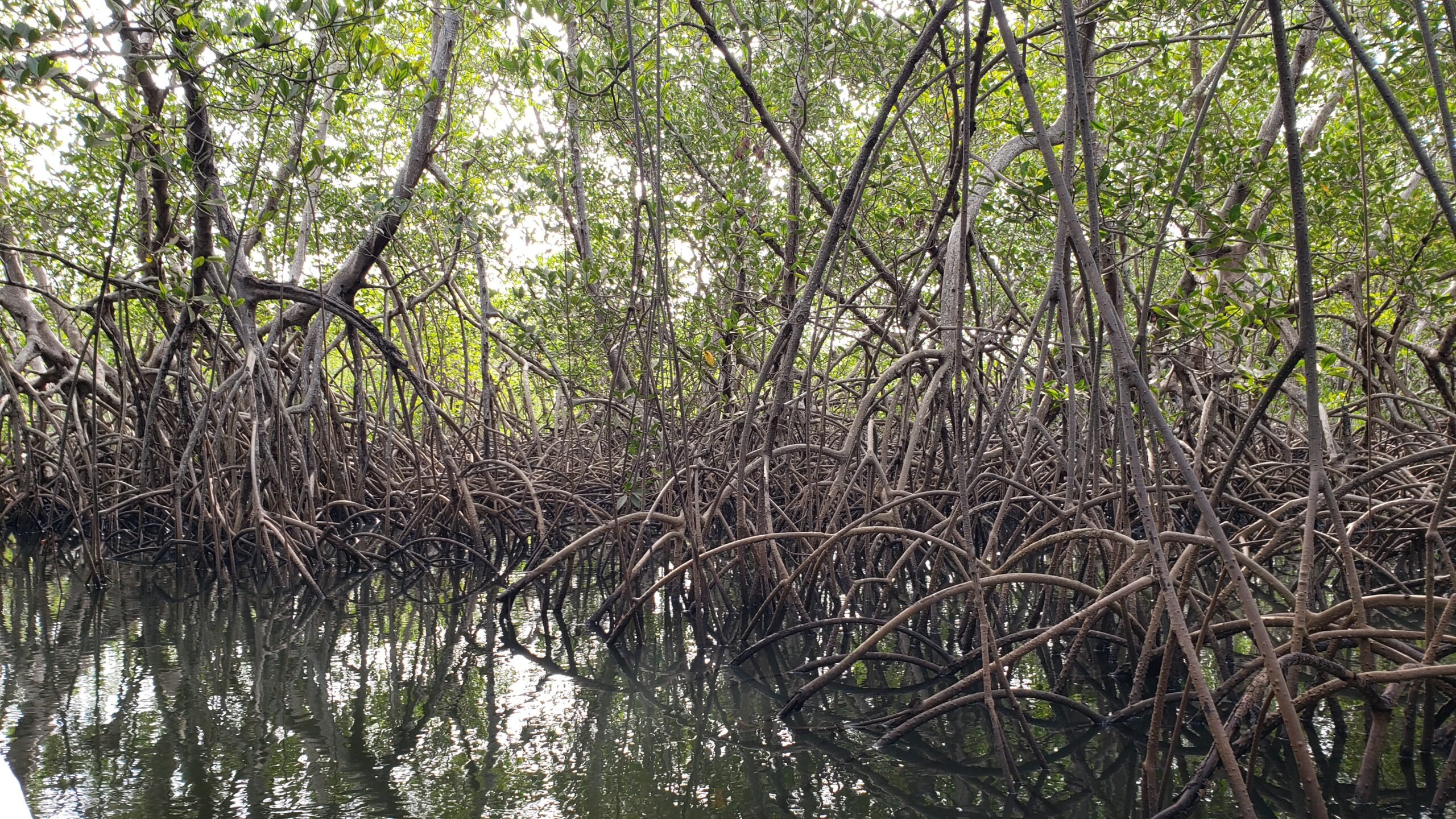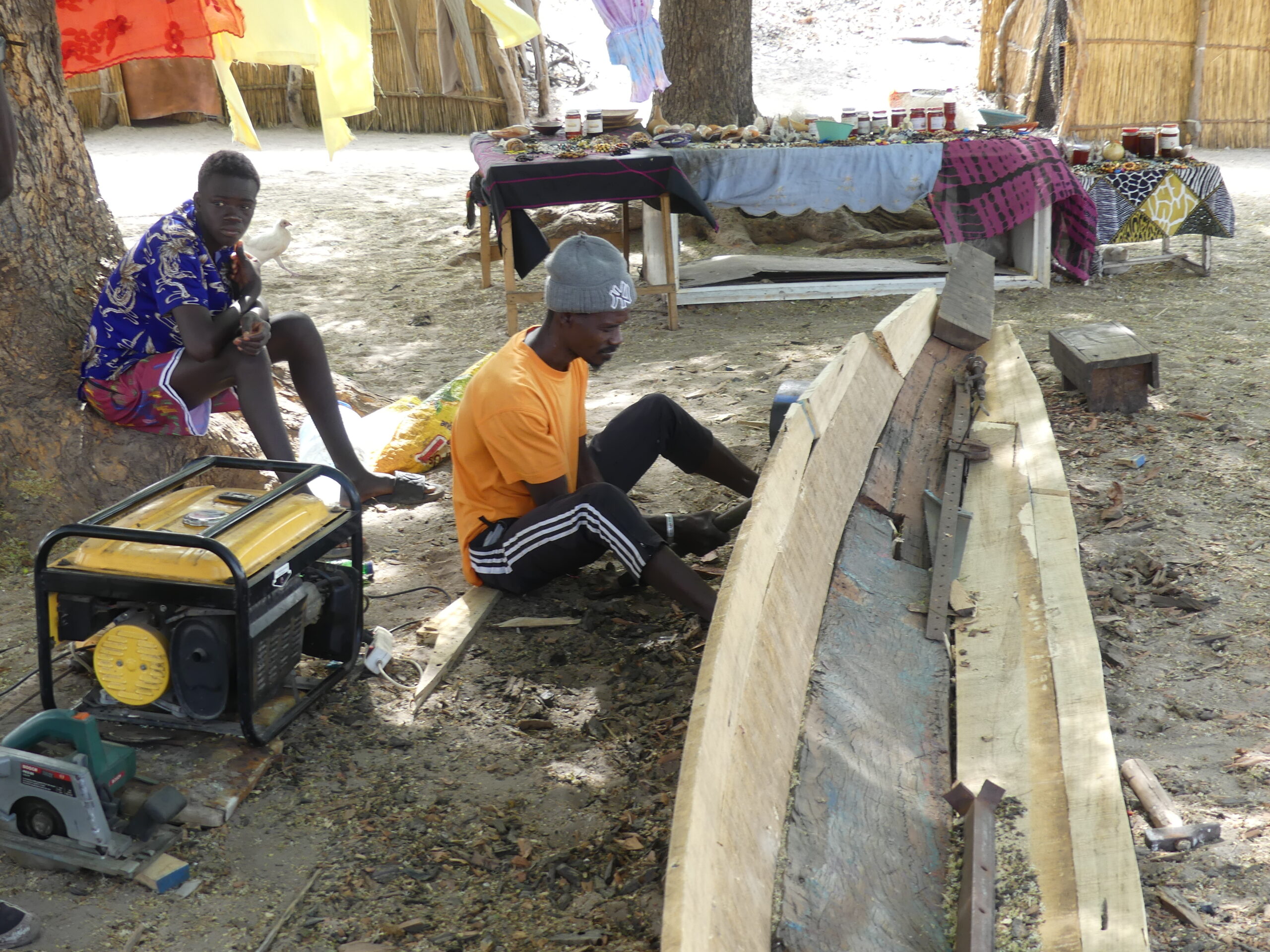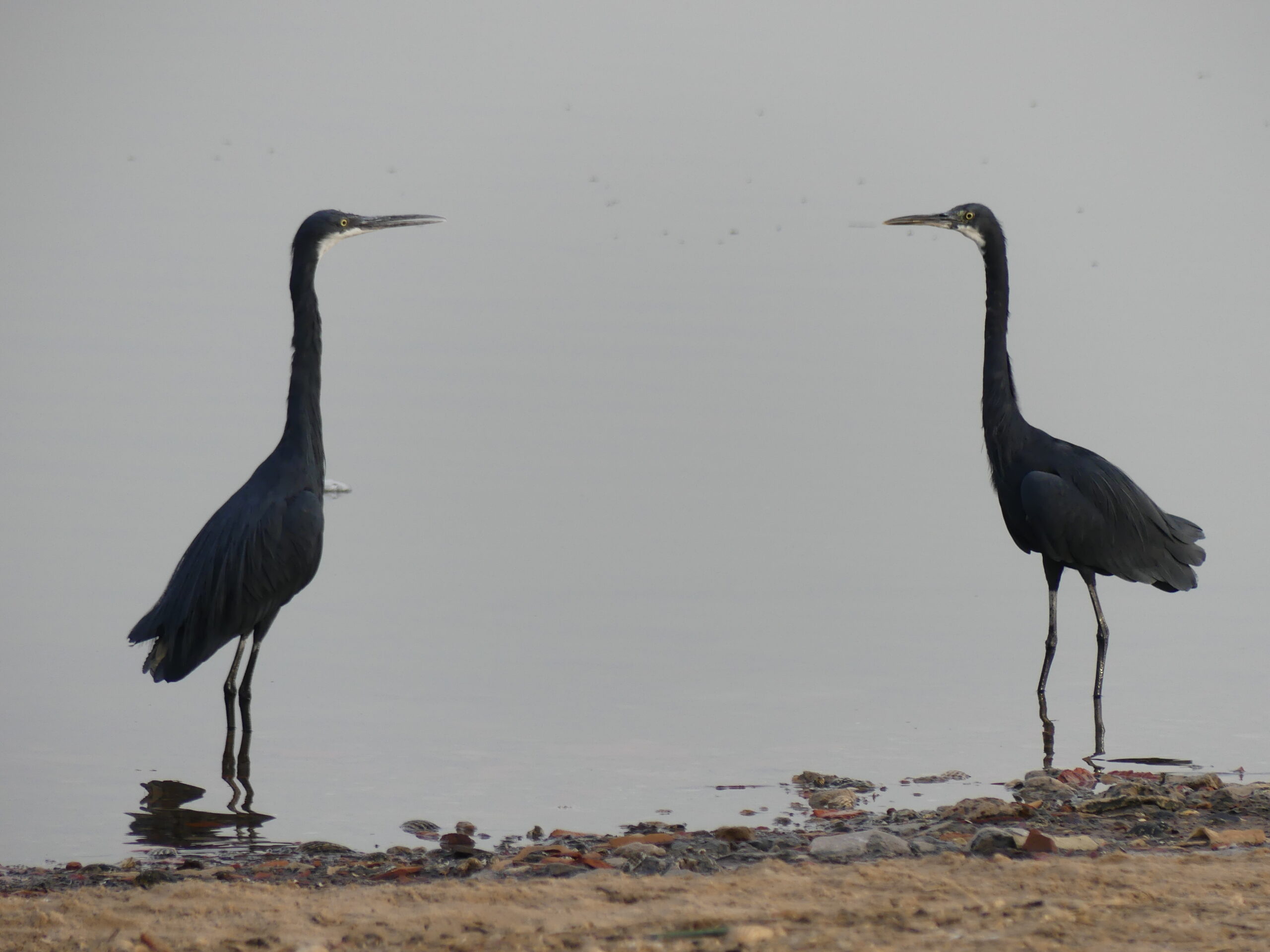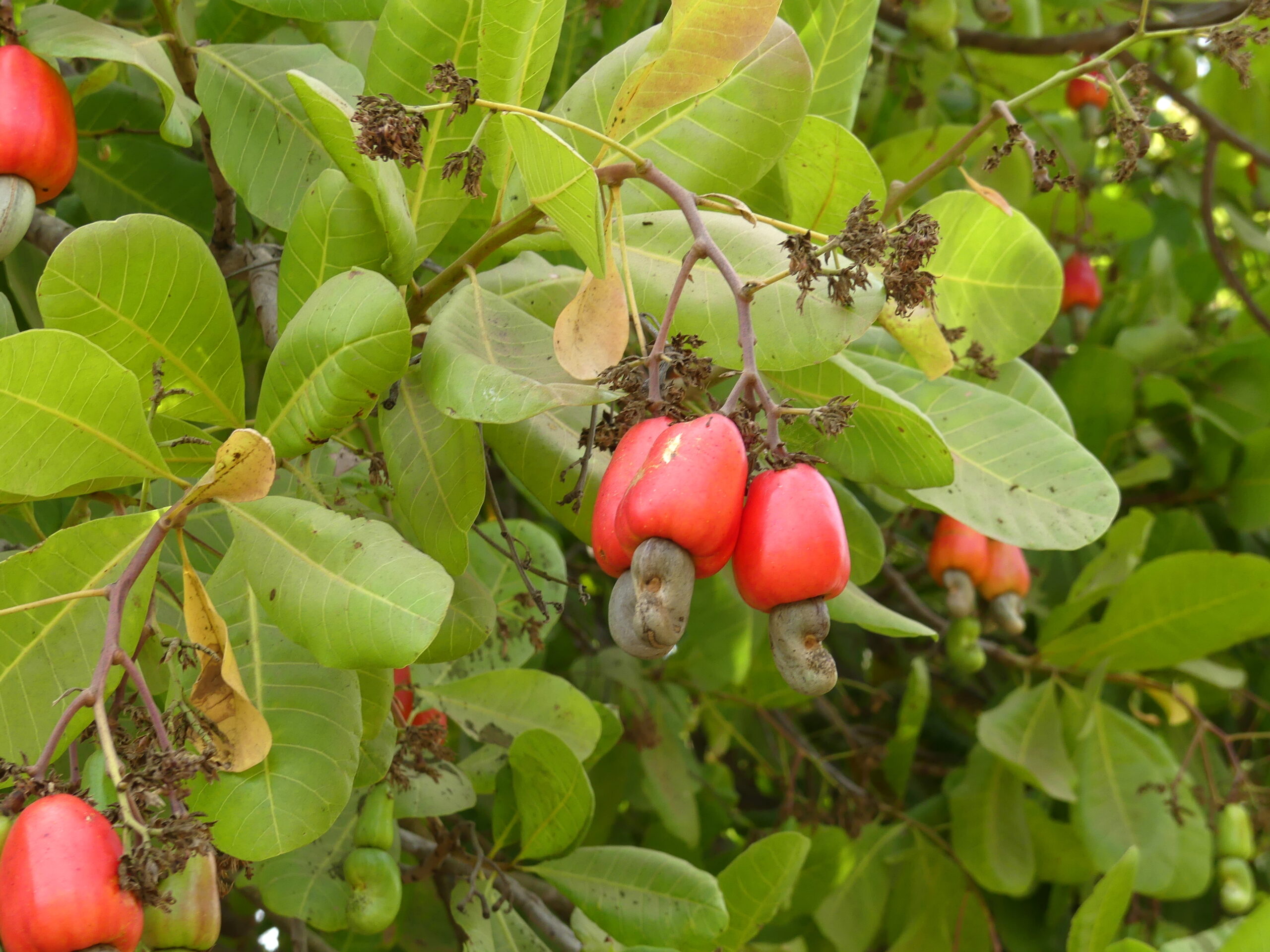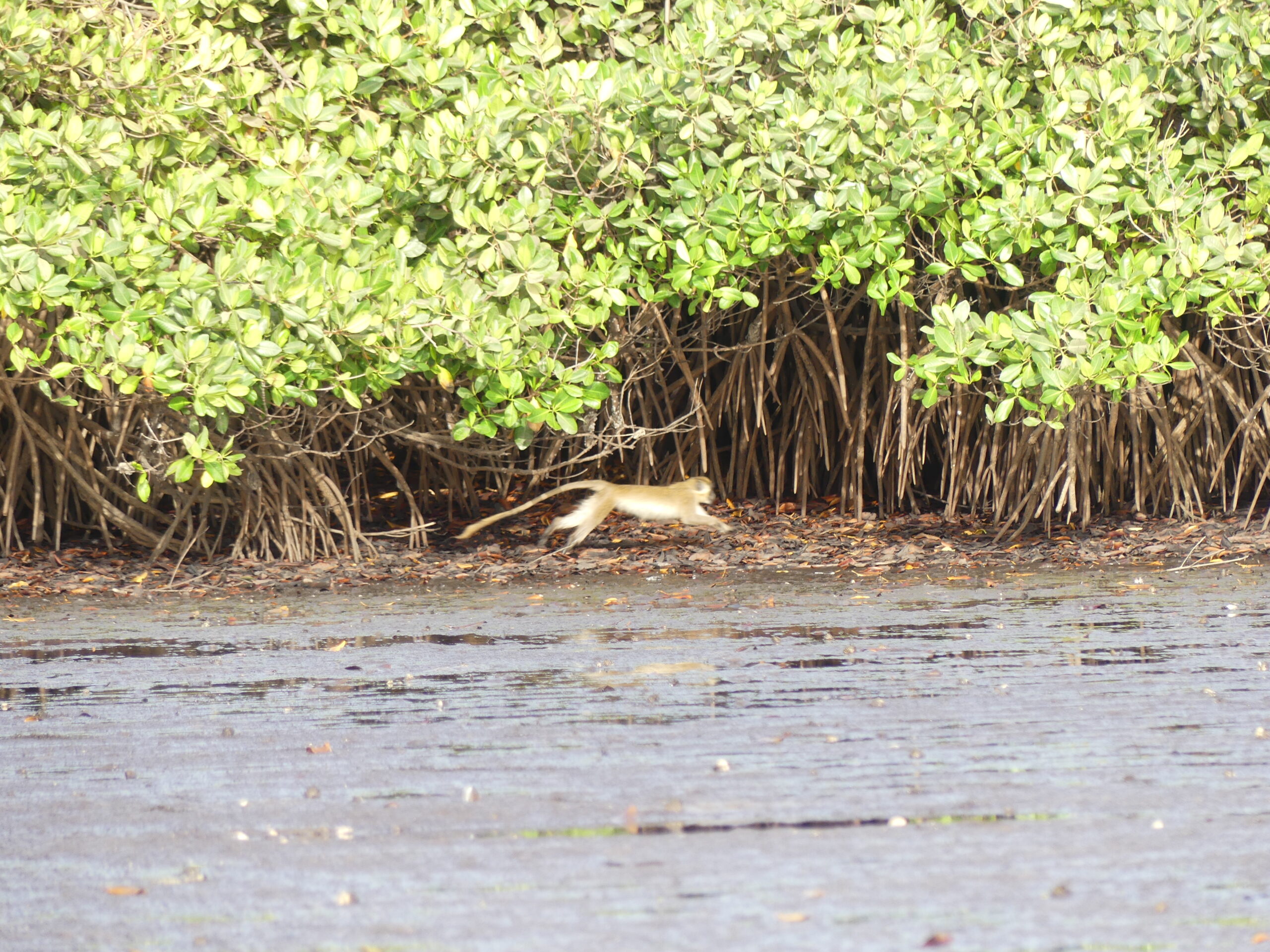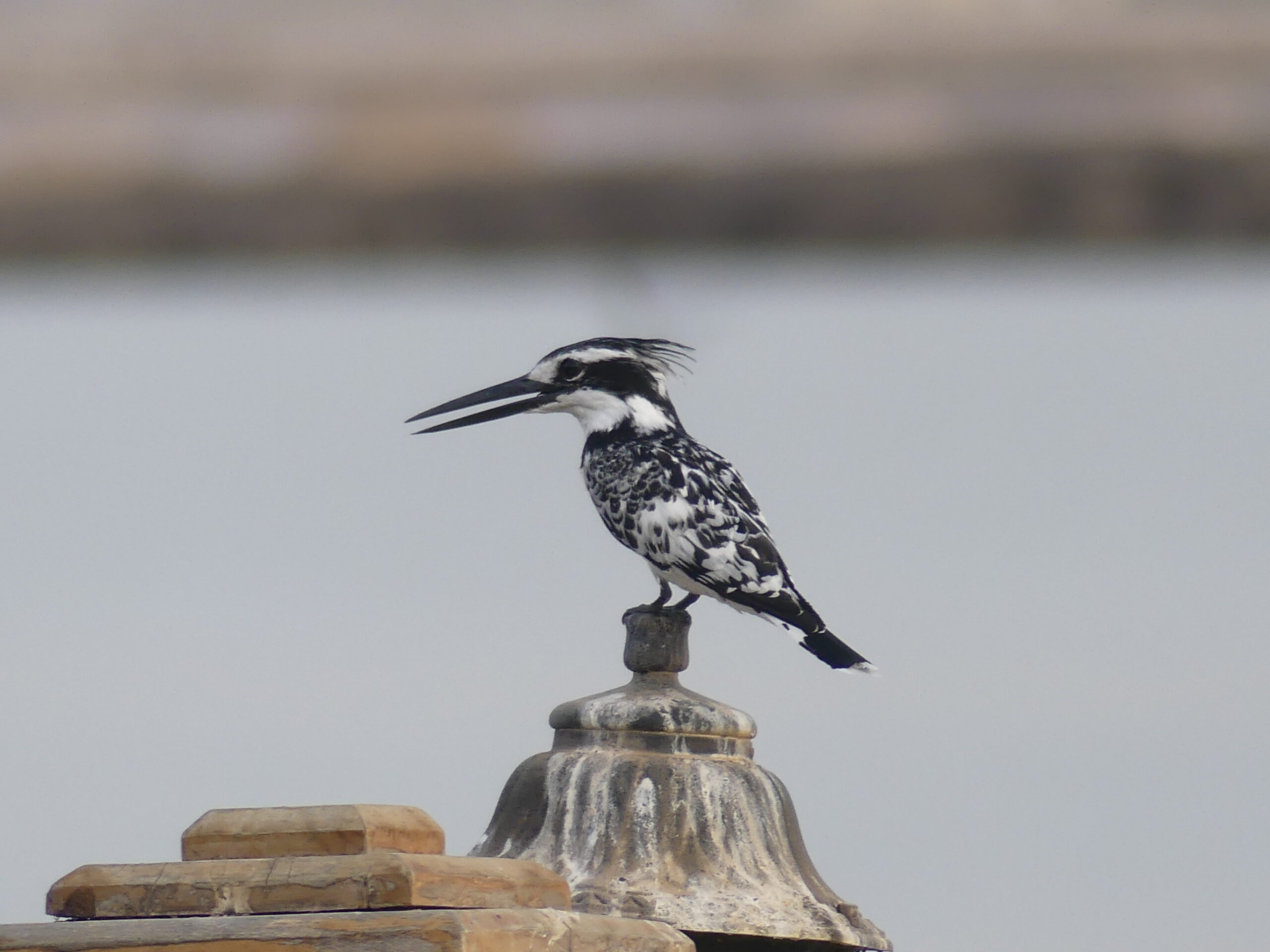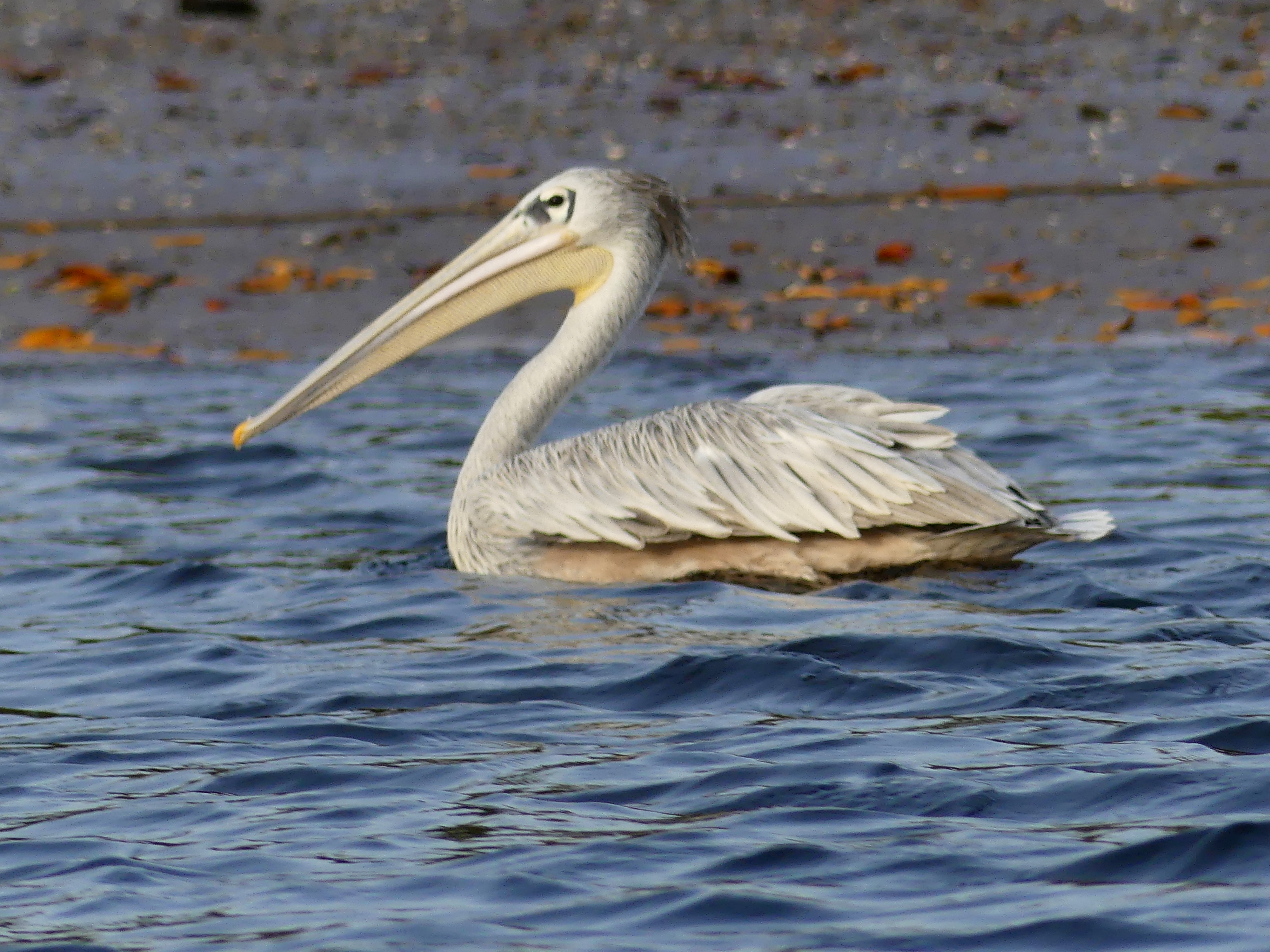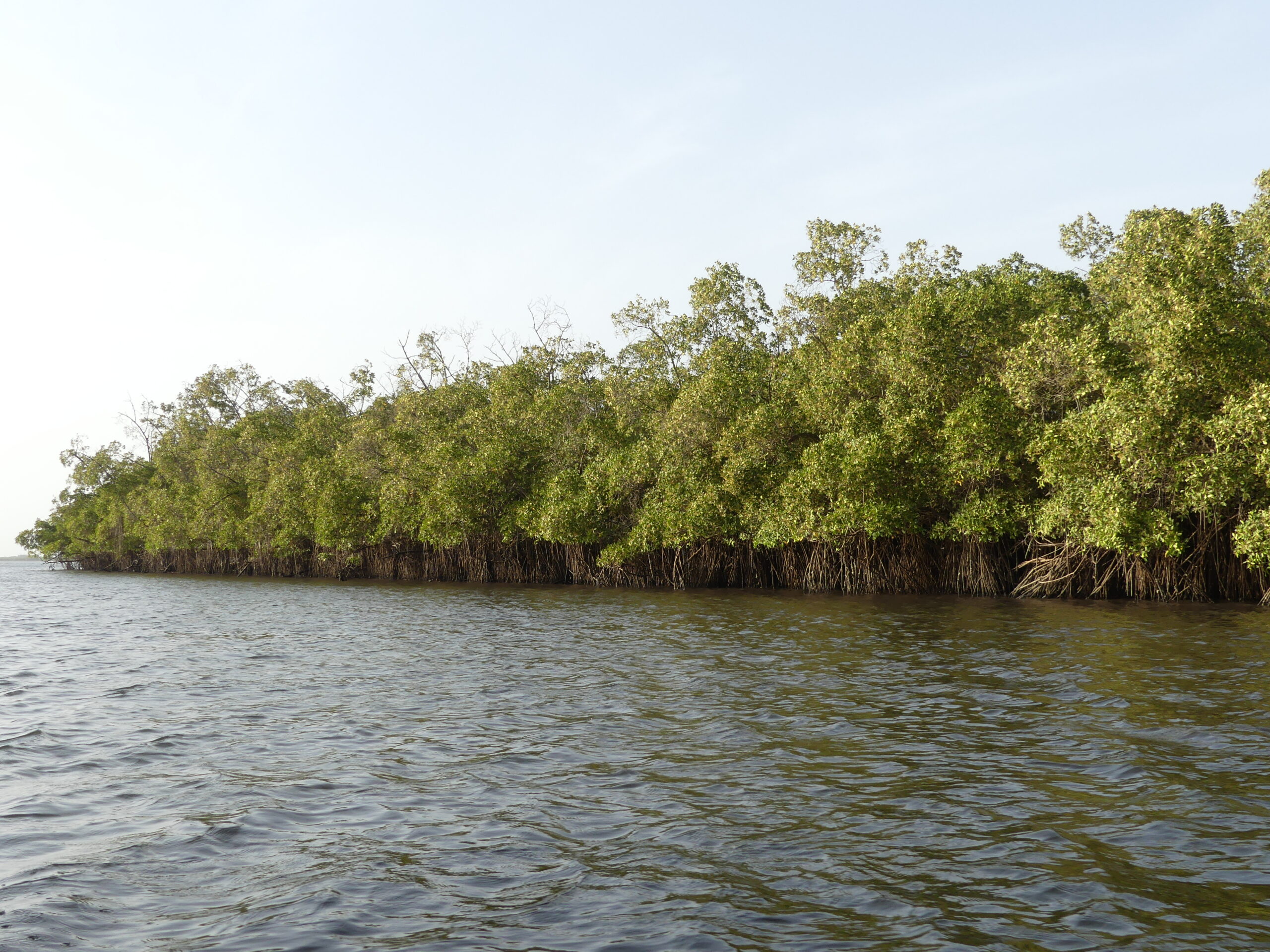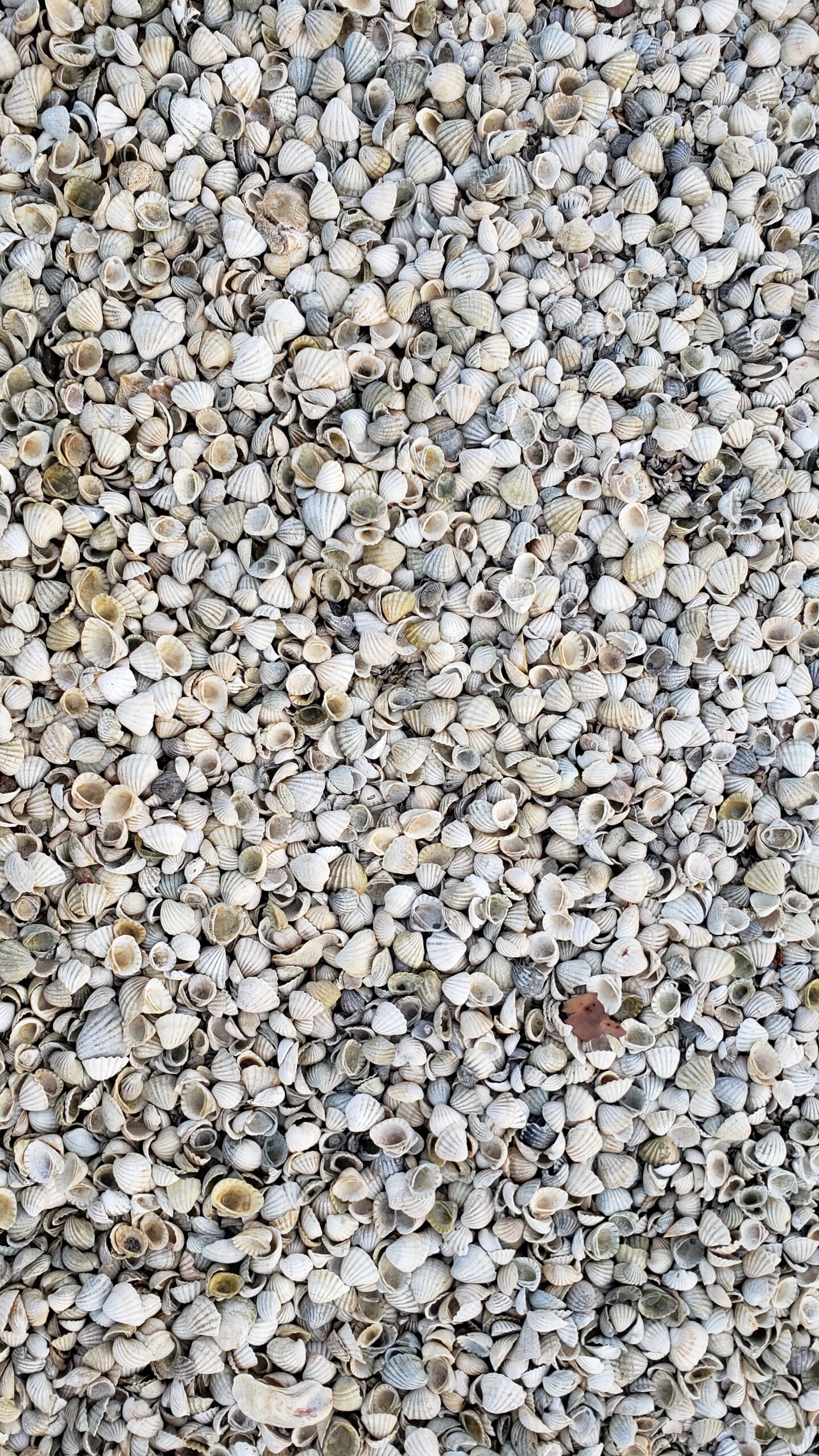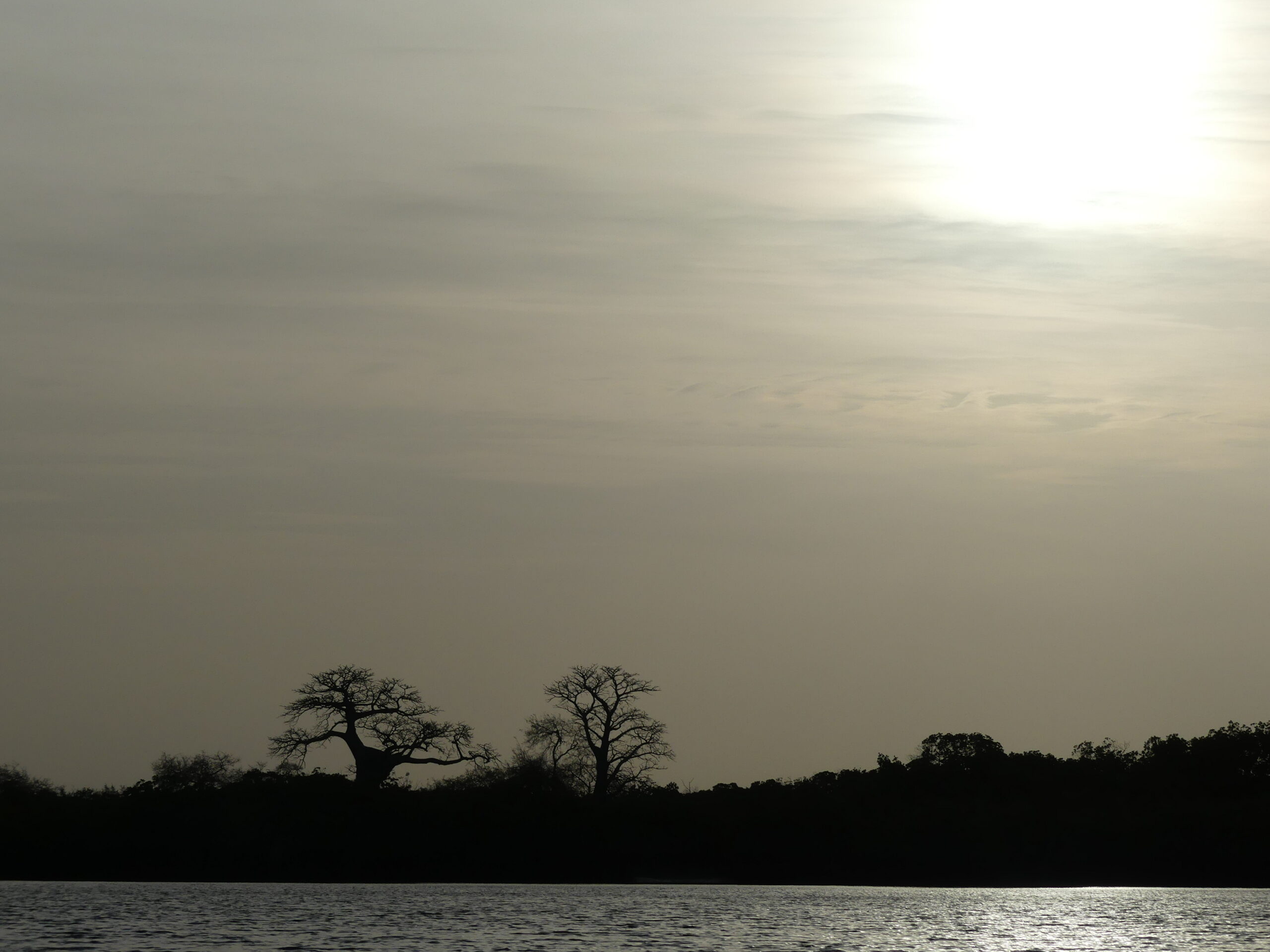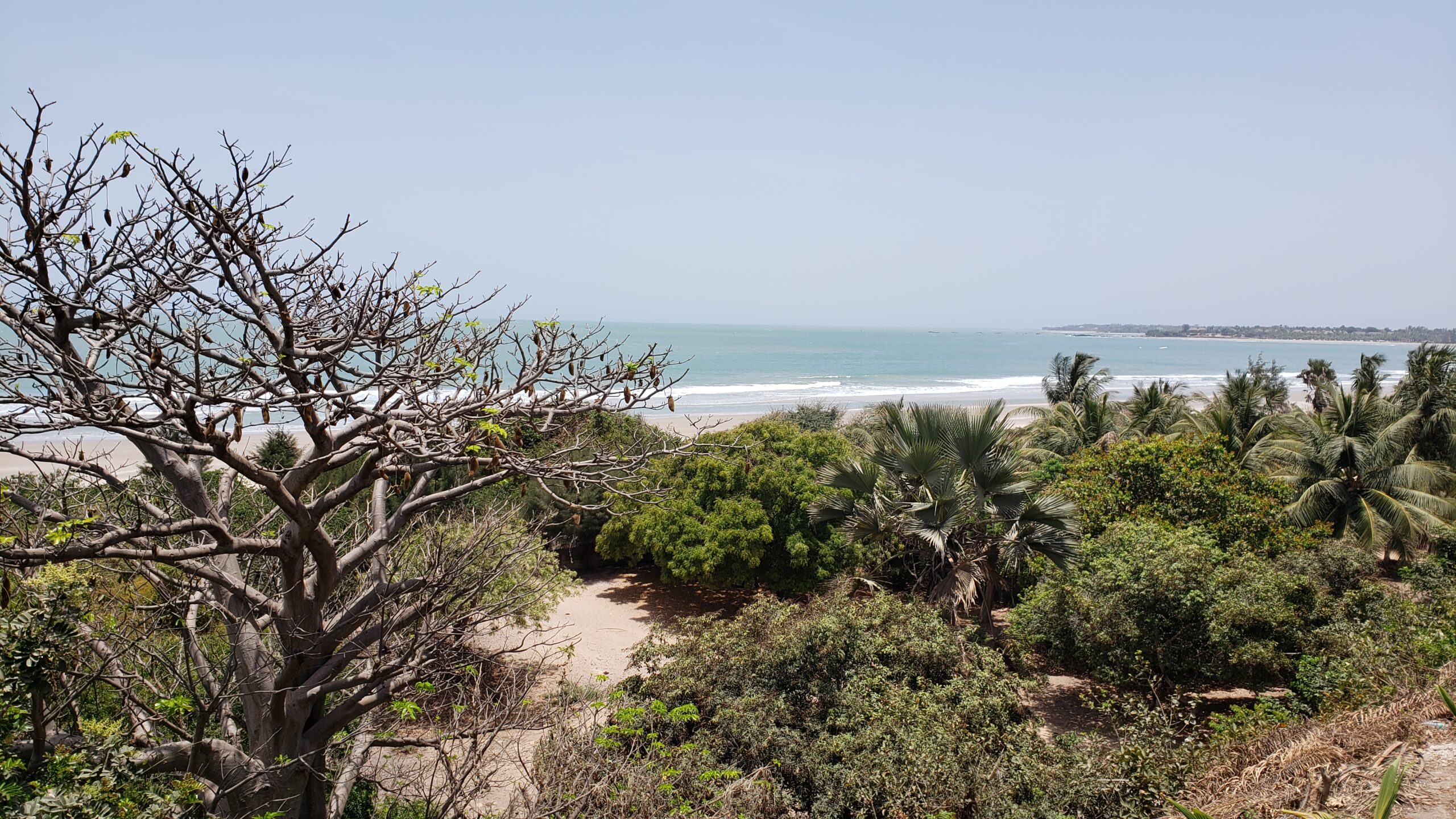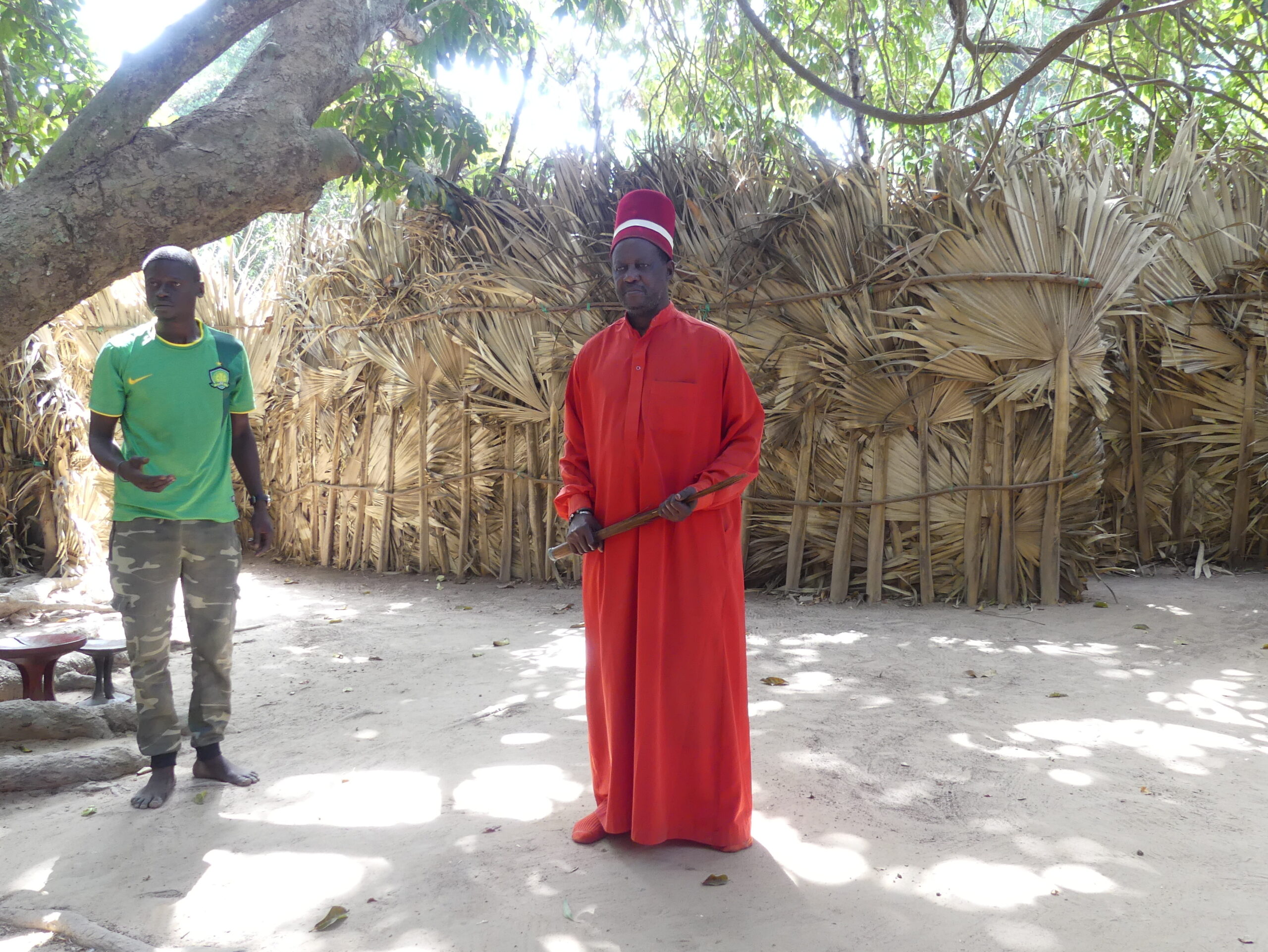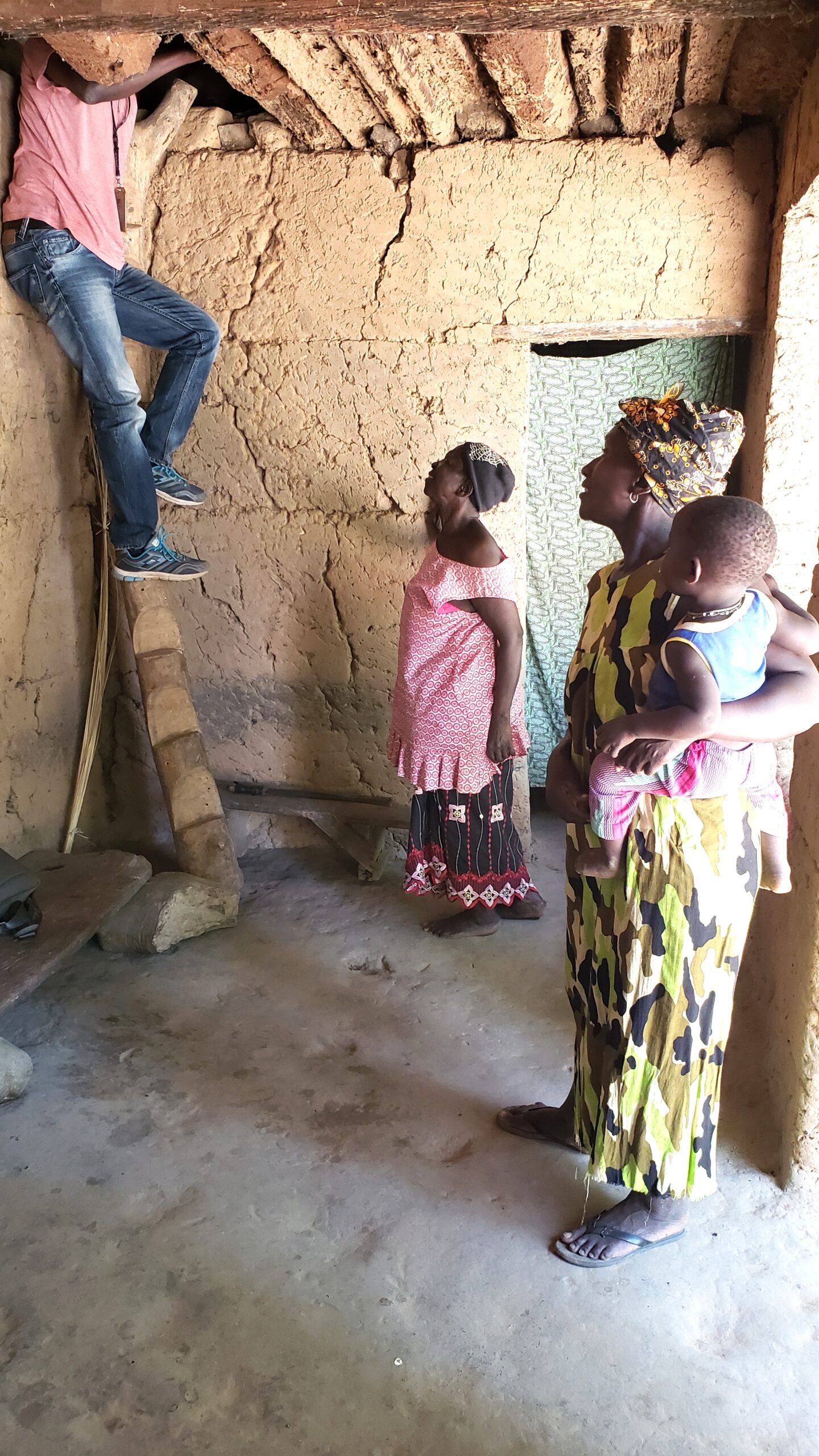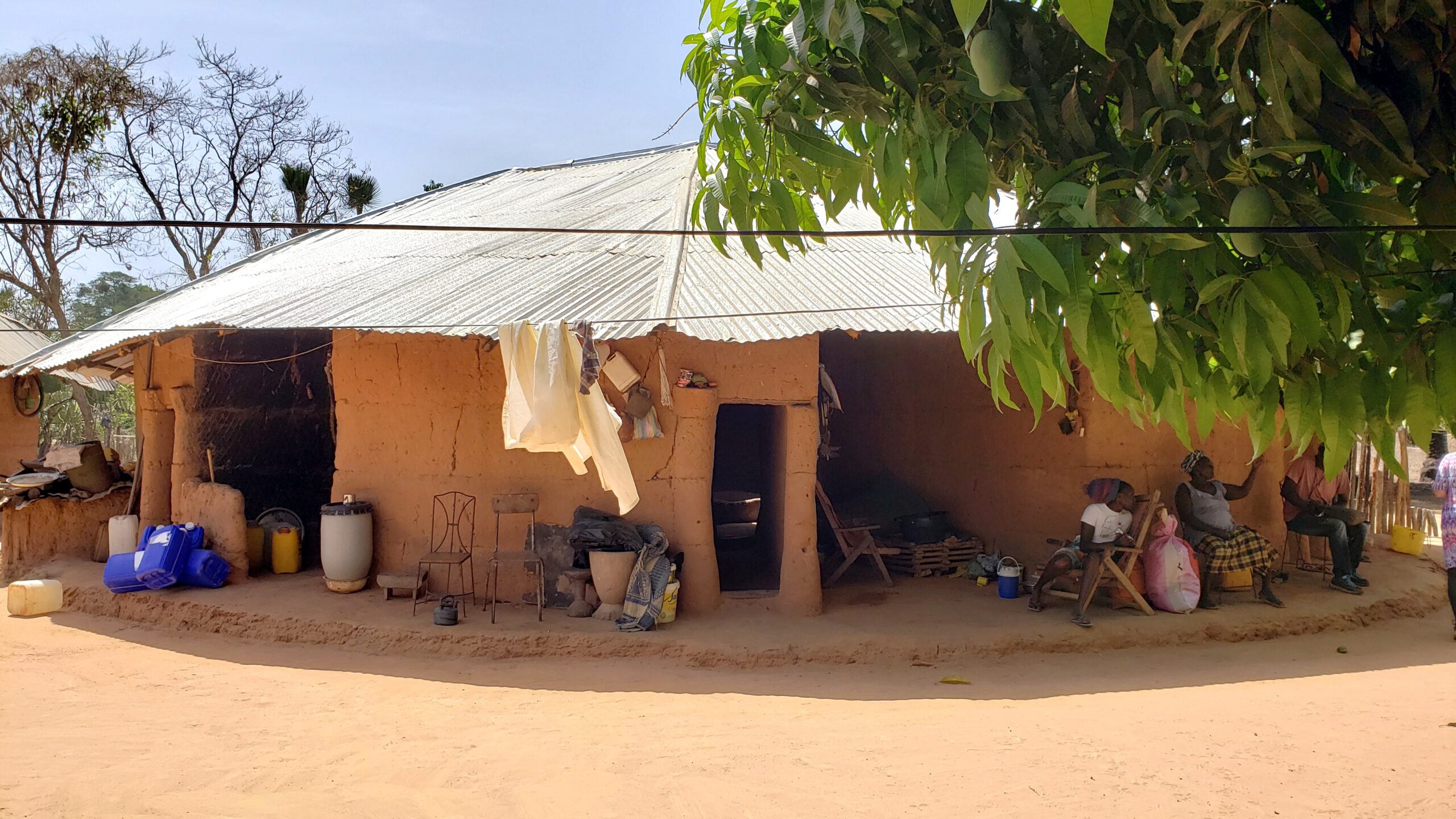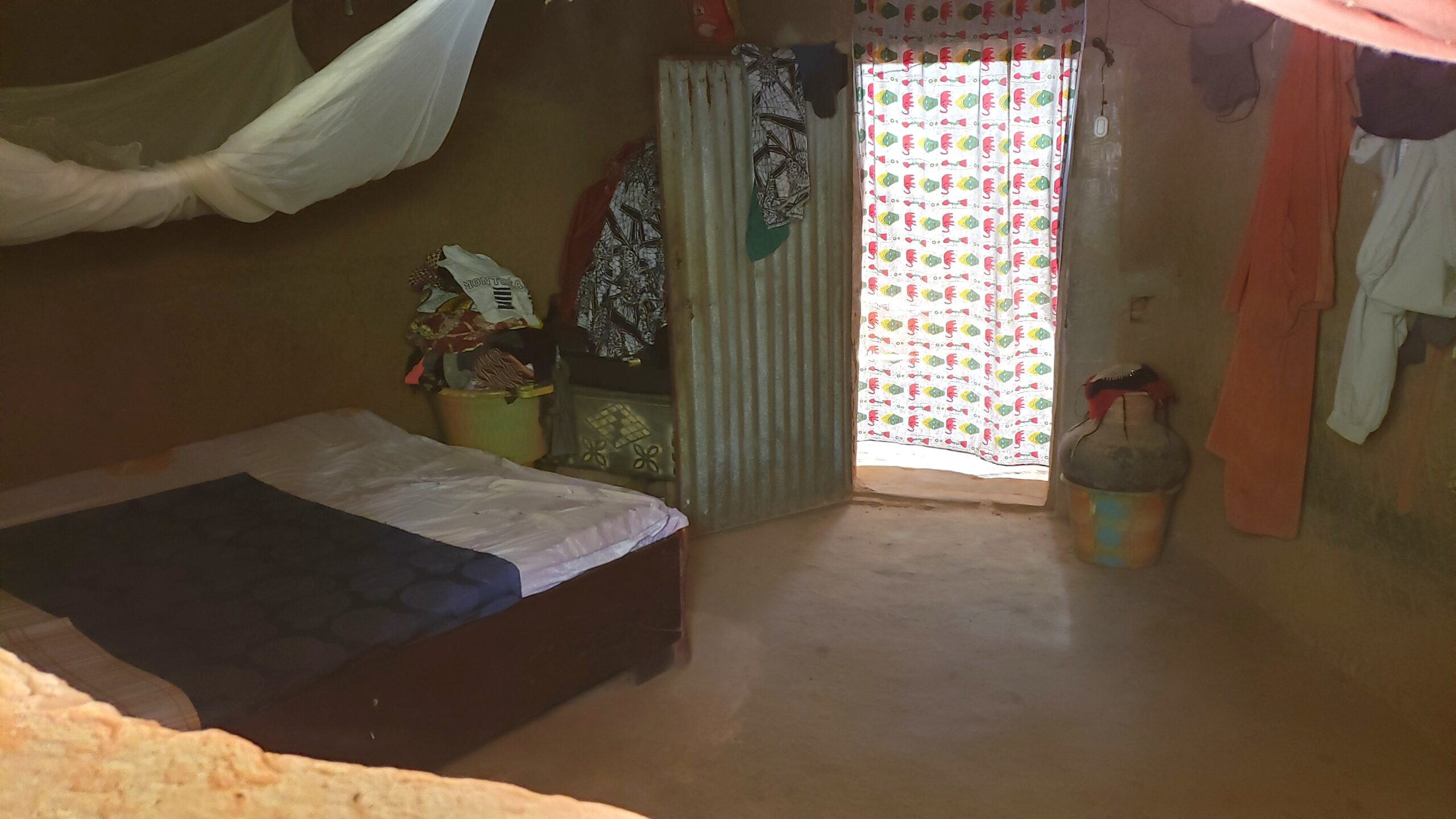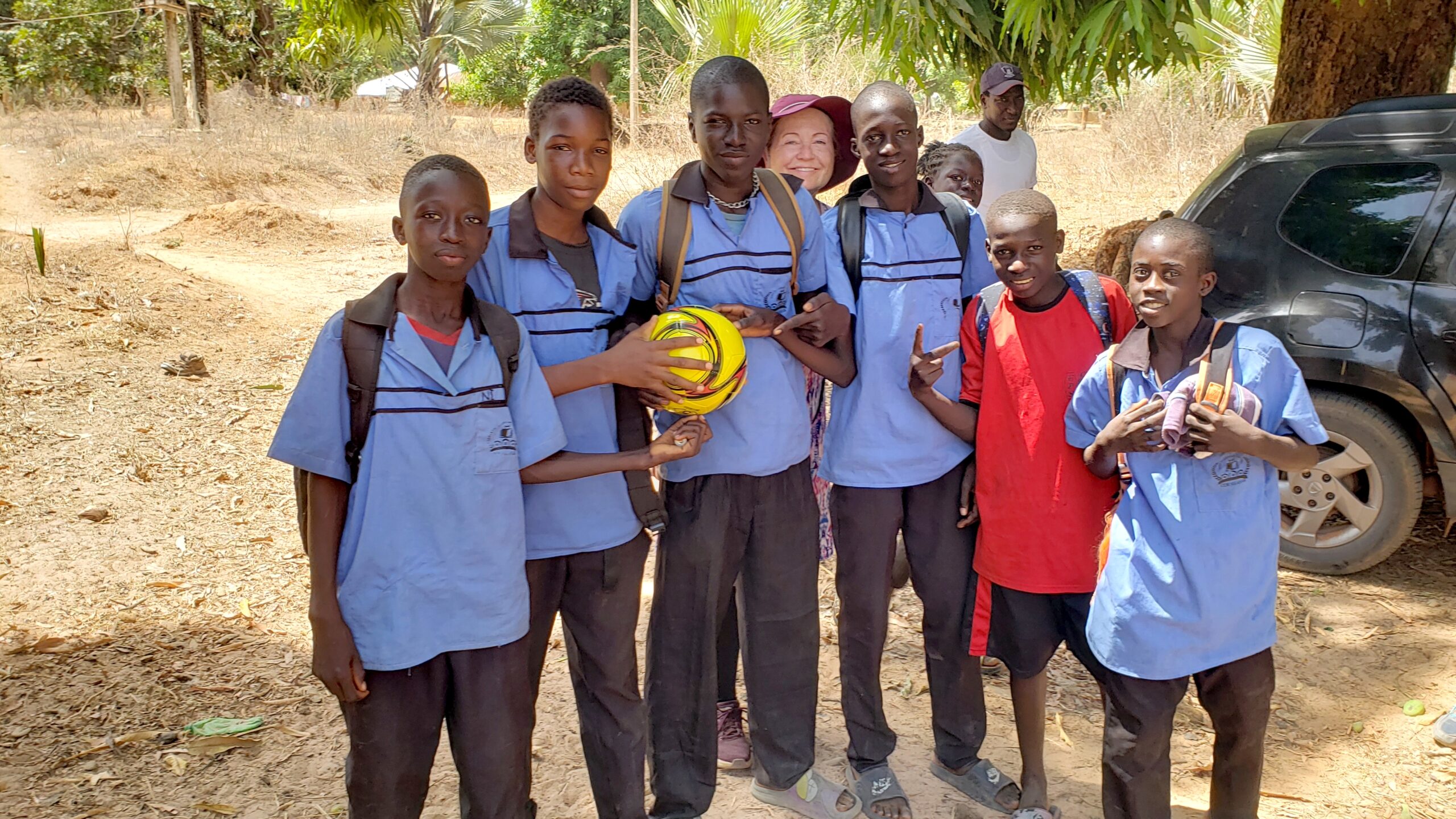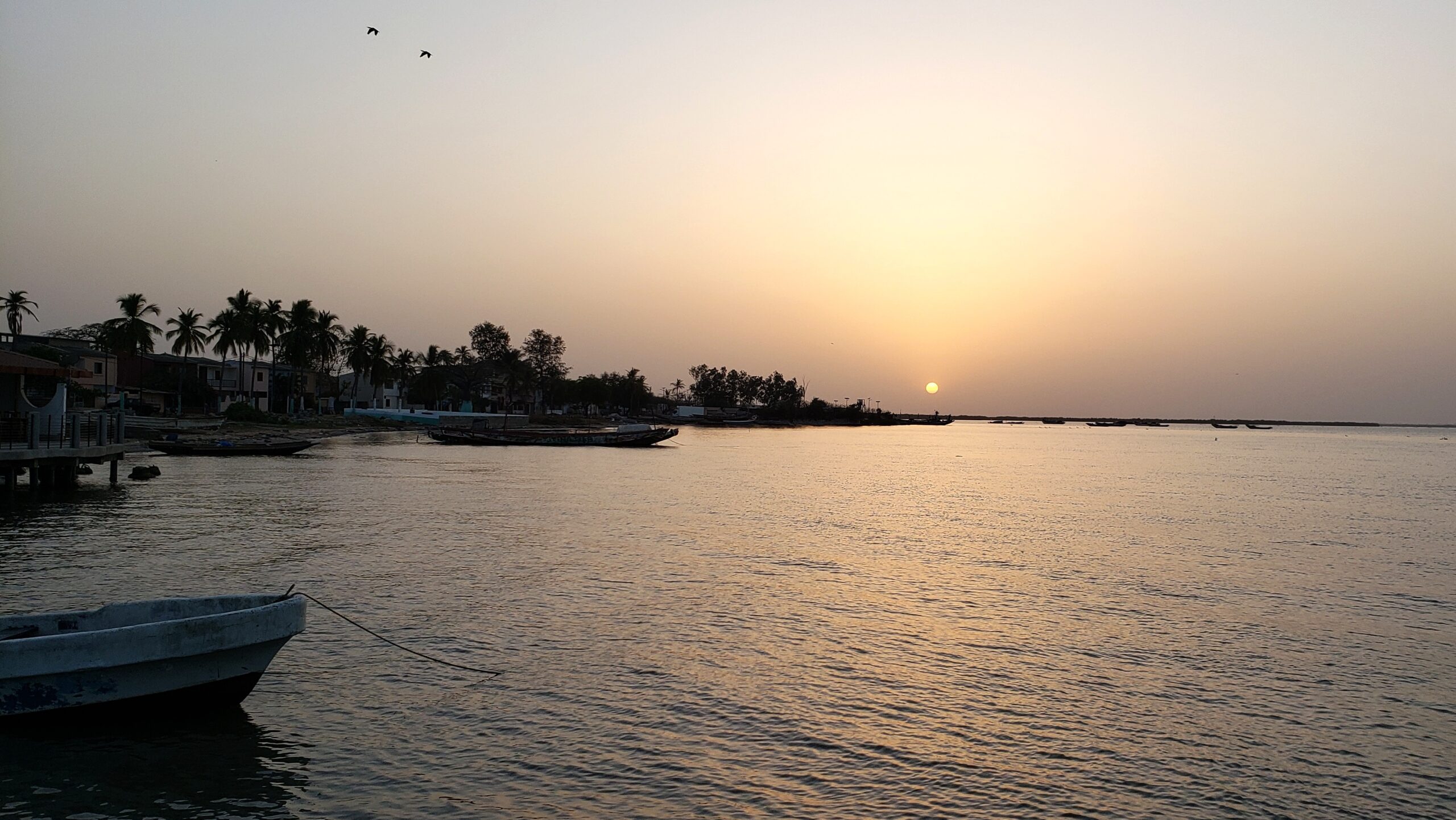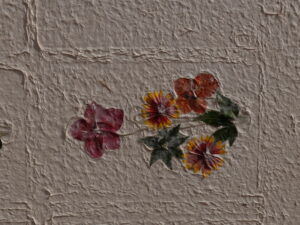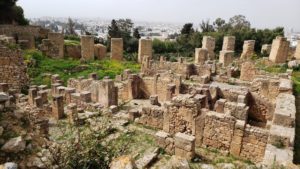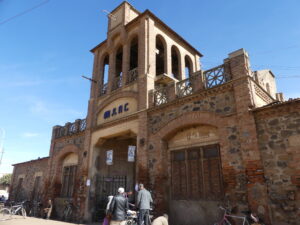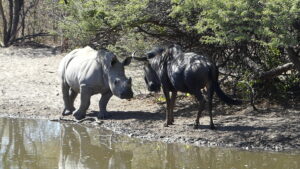It’s a startling change to shift, within one day and one country, through a transition zone between the Sahel, the desert of northern Africa, and the sub-Saharan woodlands of central Africa. We moved from the arid to the wet, the sands to the woodlands. (Click here to read our post on the villages of the Sahel.)
The same transition is possible in countries to the east of Senegal. Each shares a common concern, the drift of the Sahara southward to encroach on the fertile lands of the sub-Sahara. So a joint initiative among those countries is to develop a green wall of sorts, as a barrier to the desert, for the benefit of its diverse animal population and the growing human one.
We in the west can understand this. The winds from the Sahara whirl the Atlantic Ocean water into hurricanes. The dust wafts over South America, bringing nutrients there.
Wetlands of the Saloum Delta
We love the desert. But we were thrilled to see lush greenery again as we navigated the mangrove channels of the Saloum Delta wetlands.
A splendid overlook on a main channel of the delta.
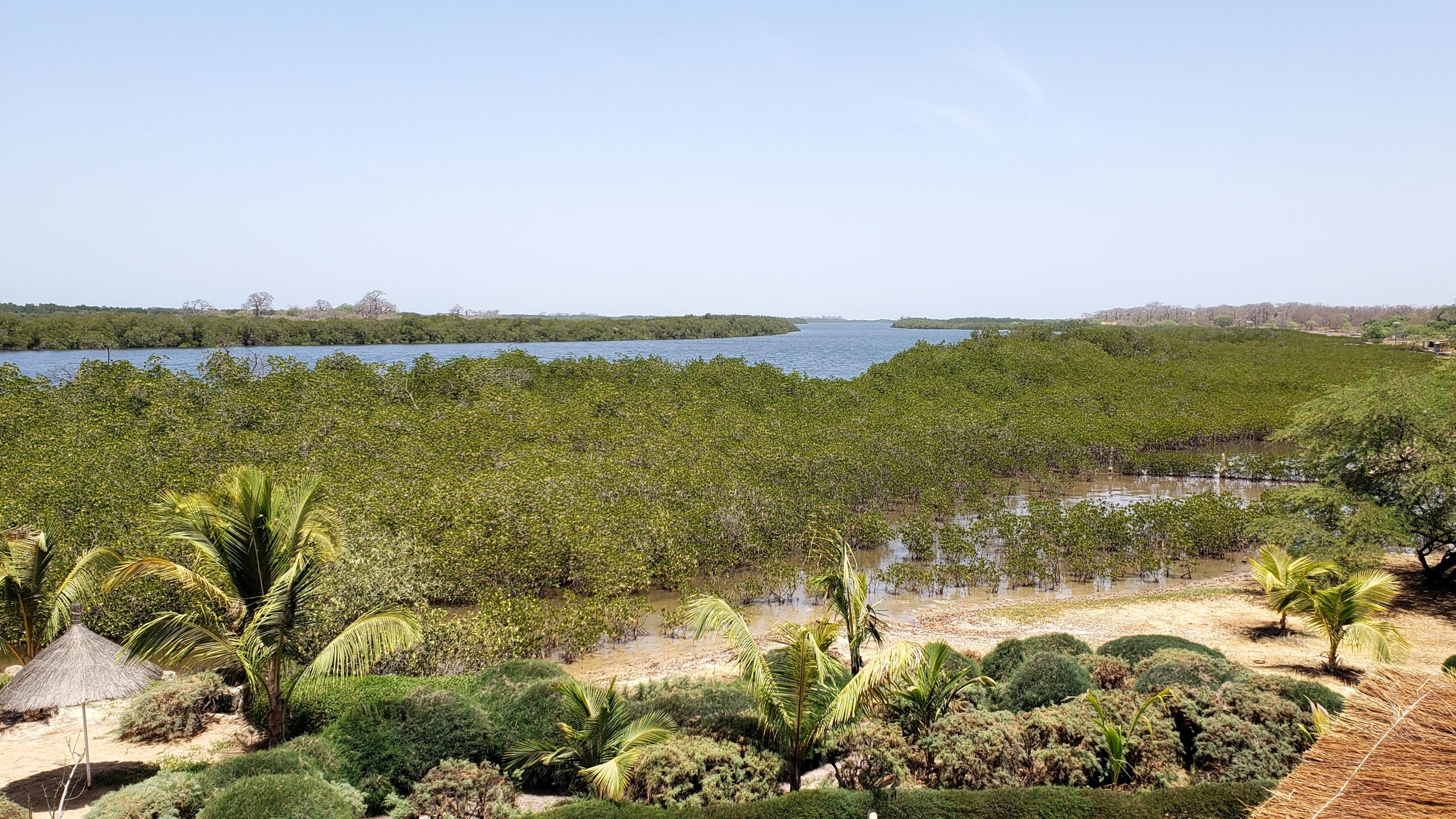
Exquisitely tangled mangrove roots in the Delta
A few islands in the delta, built up from silt over long ages, accommodate fishing villages. This villager is trimming the roughness in the hollowed tree used as the base of his pirogue, or fishing boat.
The former leader of the village, a woman who was considered the queen of the delta, had died recently at around 100. She was said to be gifted with foresight as well as wisdom.
Her elder son just took over the leadership (a bit like Charles after Queen Elizabeth). He said his toughest job as leader was divining the right opportunities for action such as plantings.
Two Western Reef Herons discuss the fishing prospects. As they often stand in water, it is rare to notice that their feet are golden in color.
We had no idea what a cashew tree looked like, or the fruit that produced the nuts. Now we know, because this region is famous for its cashew crop.
The red fruit is used for juice and has a delicious tangy pear taste. The knob on the fruit is the nut, which is removed and roasted. Everywhere on the streets or in the market, you can buy various size bags of these, usually hand-roasted by the seller.
A sense of what the narrower channels feel like among the mangroves of the delta.
It’s a surprise to see a vervet monkey amid all the water, but we just happened to catch this one on the move.
A pied kingfisher makes a striking pose.
One of many white pelicans in the delta.
The water rises and falls among the mangroves as the ocean tides ebb and flow. The line that seems to be cut at the base of the trees shows the high water mark.
Another small island features lovely shell beaches, whose plenitude and color is evident from this snapshot.
After we watched flocks of egrets and cormorants roost for the night on an island of mangrove trees, we headed past this pair of baobabs in the ebbing light.
Farther South: Watery Casamance
We were a bit leery of visiting the Casamance District, the watery southwestern part of Senegal between Guinea-Bissau and the narrow strip of The Gambia. Within the last decade, groups still fought the Senegalese government to gain greater autonomy and investment.
It’s a land of rivers, backwaters, canals, and oceanfront – with extensive rice farming and fishing, plus welcoming beaches for visitors. Our reward for going, in a time of apparent peace, was the charm of the lush landscape, warm greetings in several village communities, and even a meeting with a Djola king.
As for sea water, we’ve seen no finer beach areas than the long tranquil Atlantic shoreline at Cap Skiring. It’s fringed by a forested margin and a clay embankment some 30 feet (10 meters) high.
It seemed somewhat touristy, sitting on logs and stones in a kapok thicket within the sacred wood of the Oussouye kingdom, awaiting an audience with the king of a Djola community. Even more so when he emerged in his simple red robe accompanied only by an interpreter in very casual athletic clothing.
But, we discovered, he is the animist spiritual leader and godfather to his people, responsible for resolving conflicts, allocating harvests, and appeasing the divine. He even helped resolve the Casamance revolution a decade or so before. So rightly, he had become king by the appointment of a council of elders, rather than by heredity.
The traditional housing of many Casamance villages is made of mud and clay, which are plentiful in a land of waterways. We were invited to visit this charming rectangular one by the mother and daughter in the photo. The place was naturally cool and airy like a cavern. We worried for a moment why the house did not dissolve in the rainy season, but then recalled the sturdiness of clay pots.
Our friend Alioune (whose head is in the attic) asked about the overhead space for storage, accessible by that tricky step ladder. There they stored the rice and grains they showed us.
Another traditional housing style, also made of mud and clay, is circular, as in the one we visited below at the village of Mlomp. The rooms open on a large central atrium with a clay basin in the middle. That collects rainwater from the hole above it in the center of the roof. The collection method is called impluvium, as many Roman houses collected rainwater the same way.
This family was very welcoming, offering us refreshment and the opportunity to eat with them.
This wedge of the circular mud building at Mlomp is one of the bedrooms, as seen from the outer ring wall. Several families can occupy a large house like the one we visited.
After we had visited the Casamance village of mud homes, these schoolboys passed us.
Nearby we had seen others kicking an old soccer ball around a large dusty field. So we thought it was a good opportunity to offer them a newer ball to share. They were very pleased, as you see
Ziguinchor. Sunset along the banks of the Casamance River, whose twisting and plentiful tributaries water much of the landscape here.
(To enlarge any picture above, click on it. Also, for more pictures from Senegal, CLICK HERE to view the slideshow at the end of the itinerary page.)


